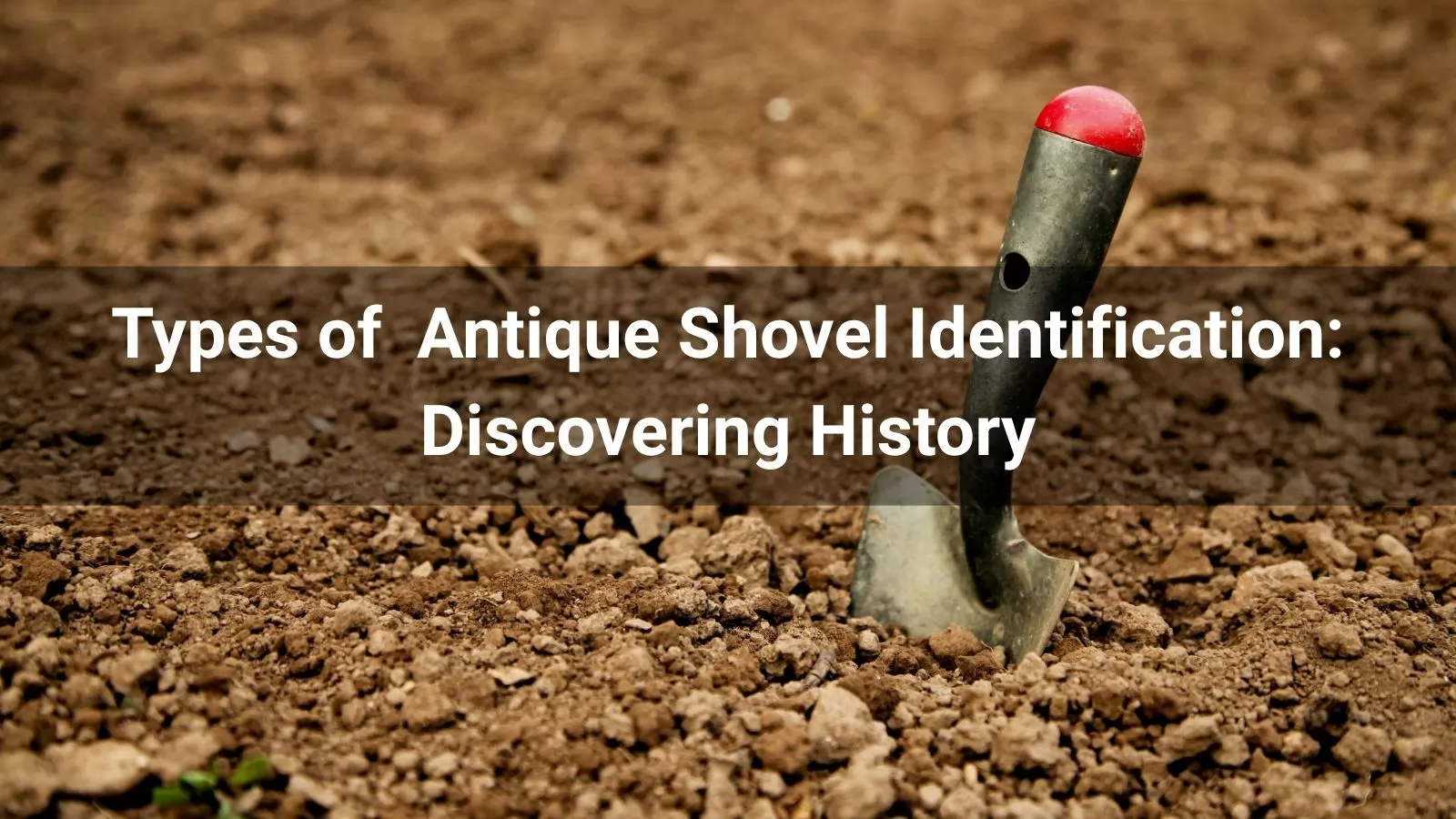
Antique shovels are fascinating artifacts that offer a glimpse into the past, reflecting the craftsmanship, labor, and historical contexts of their time. These tools, often found at estate sales, flea markets, or archaeological sites, are more than just relics; they embody stories of agricultural, industrial, and cultural practices. Identifying the various types of antique shovels requires an understanding of their design, materials, and intended purposes. This guide explores the main categories of antique shovels, their distinguishing characteristics, and practical tips for identification, helping enthusiasts and collectors uncover the rich history behind these enduring tools.
Identifying antique shovels is a rewarding pursuit for collectors and historians alike, as these tools provide valuable insights into the daily lives and industries of past eras. Whether unearthed from a barn or displayed in a collection, each shovel carries clues about its age, origin, and function. For collectors, understanding a shovel’s historical significance enhances its value, while restorers appreciate the durability and unique designs of these tools, which often reflect the ingenuity of their makers.
Round-point shovels were primarily used for digging in soft or loose soil, such as in gardens or sandy terrains, making them a staple in 19th-century farming and gardening. These shovels feature a rounded blade with a slightly pointed tip, designed to penetrate soil easily. Typically crafted from forged iron or early steel, they often have wooden handles made of ash or hickory. To identify a round-point shovel, look for the curved blade edge and slightly concave shape. Maker’s marks or stamps near the handle socket can provide clues about the shovel’s origin, while worn handles with hand-carved or lathe-turned designs often indicate significant age.
Square-point shovels were designed for scooping loose materials like gravel, coal, or grain, and for leveling surfaces in industrial settings such as railroads or early construction sites. These shovels have a flat, square blade, which allows for efficient movement of bulk materials. They are often heavier, with reinforced blades for durability. Identification involves examining the blade’s flat, straight edge and wider surface area, which may show signs of heavy wear from abrasive materials. Older models often feature riveted or forged handle attachments, distinguishing them from modern designs.
Spades were crafted for precision digging, particularly for cutting through tough soil, sod, or roots, making them essential in landscaping and farming during the 18th and 19th centuries. These tools have a flat, narrow blade with sharp edges and often feature shorter handles, sometimes with a D-shaped grip for better control. To identify a spade, note the blade’s straight sides and sharp edge, which differ from the curved design of round-point shovels. Hand-forged marks or irregularities are common in pre-industrial spades, and wooden handles may display a distinct patina or tool marks from manual shaping.
Trench shovels were developed for digging narrow trenches for irrigation, drainage, or military purposes, notably during World War I trench warfare. These shovels have a long, narrow blade for deep, precise digging in confined spaces and are often lightweight with shorter handles for maneuverability. Military versions may include folding handles or government contract markings. Identification involves checking for a slim, elongated blade, sometimes with a reinforced tip, and looking for military insignia, dates, or manufacturer stamps, particularly on early 20th-century models. Folding or detachable handles are a hallmark of military trench shovels.
Coal or grain scoops were designed to move large quantities of lightweight materials such as coal, grain, or snow, commonly used in 19th-century barns, mills, or industrial settings. These scoops feature a wide, shallow blade with high sides to hold loose material and are often made of lighter metals like early aluminum or tin in later models. To identify a scoop, look for the broad, scoop-like blade with raised edges and lightweight construction, designed for repetitive scooping. Longer handles, allowing for two-handed operation, are another distinguishing feature.
Accurate identification of antique shovels hinges on examining several key aspects. The materials used in a shovel’s construction provide significant clues about its age and origin. Early shovels, predating the 1800s, were often made of hand-forged iron, while later models from the late 1800s to early 1900s used steel. Rust patterns or forge marks on the blade can indicate age, and wooden handles, typically made of ash, oak, or hickory, may show signs of hand-carving or wear. The method of attaching the blade to the handle—whether through rivets, forged sockets, or straps—can also reveal a shovel’s age, as modern screws or welds suggest a newer tool. Maker’s marks, stamps, or logos on the blade or handle socket are critical for tracing a shovel’s manufacturer and era. For instance, American brands like Ames or True Temper often stamped their names, while European shovels may bear regional or blacksmith marks. The condition and wear of a shovel, such as a worn-down blade, smoothed handle, or patina on metal or wood, indicate heavy use and age. Repairs, like patched handles or re-welded blades, can further suggest historical use and add to the tool’s value. Finally, the design and construction, including hand-forged imperfections or unique features like decorative handle carvings, can point to a specific region or craftsman.
Collectors can enhance their identification skills by researching the historical context of a shovel’s likely use, whether in farming, mining, or military applications, to narrow down its type and era. Reference guides, such as books like “Antique Garden Tools and Accessories” or online databases, offer detailed information on shovel designs and manufacturers. Visiting agricultural or industrial museums provides visual references for comparison, while joining collector communities on platforms like X can connect enthusiasts with experts who share valuable insights. When cleaning antique shovels, avoid over-cleaning to preserve the patina and wear that contribute to authenticity, using mild methods like wire brushing or oiling. Proper storage in a dry environment prevents further rust or wood rot, and displaying shovels on a wall or in a shadow box highlights their unique features and historical significance.
Identifying antique shovels is a captivating journey that connects us to the tools that shaped agriculture, industry, and warfare across centuries. By understanding the distinct characteristics of round-point shovels, square-point shovels, spades, trench shovels, and coal or grain scoops, collectors can uncover the stories embedded in these artifacts. Careful examination of materials, maker’s marks, wear patterns, and construction details reveals a shovel’s type, age, and origin. With diligent research and thoughtful preservation, these tools can continue to share their historical narratives for generations to come.











We use cookies to make the website work, to provide advanced features, social media and traffic analysis, and we use analytics and third-party advertising cookies. If you choose to click "Deny All", you will retain the default setting of not allowing the use of cookies or other tracking tools other than technical tools.



